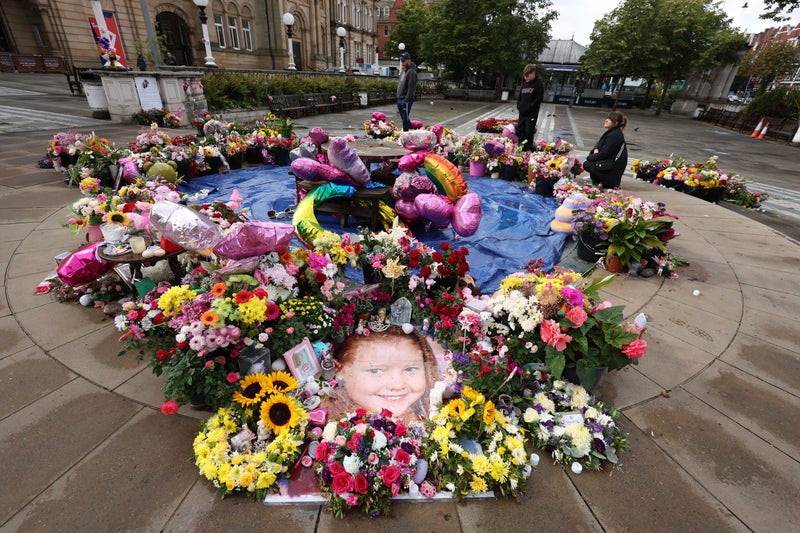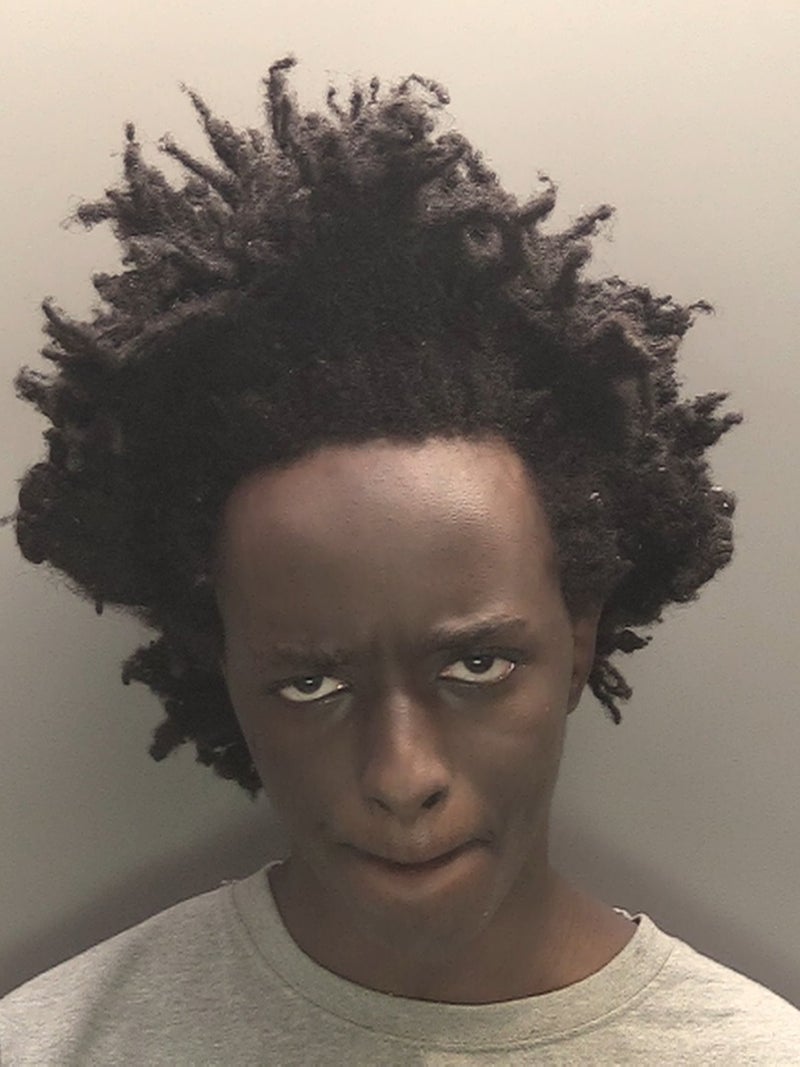At last, some welcome news on college costs. Tuition has fallen significantly at many schools
Share:
The cost of college keeps spiraling ever higher, right?. Not necessarily. New research indicates students are paying significantly less to attend public universities than they were a decade ago. And tuition increases at private colleges have finally slowed after years of hefty rises.
Figures compiled by the nonprofit College Board indicate the average student attending an in-state public university this year faces a tuition bill of $11,610, which is down 4% from a decade earlier when taking inflation into account. But the real savings come in what the average student actually pays after getting grants and financial aid. That's down 40% over the decade, from $4,140 to $2,480 annually, according to the data.
That reduced cost means less borrowing. Just under half of students attending in-state public universities are graduating with some debt, down from 59% a decade earlier, according to the College Board figures. And among those who do borrow, the average loan balance has fallen by 17%, to $27,100.
Meanwhile, at private colleges, tuition continues to rise, but at a much slower rate. It has increased 4% over the past decade, when taking inflation into account, to an average $43,350, according to the College Board. That's a big change from the two decades prior, when tuition increased 68%.
Costs are coming down as Americans question whether college is worth the price. Surveys find that Americans are increasingly skeptical about the value of a degree, and the percentage of high school graduates heading to college has fallen to levels not seen in decades, according to data from the U.S. Bureau of Labor Statistics.






















